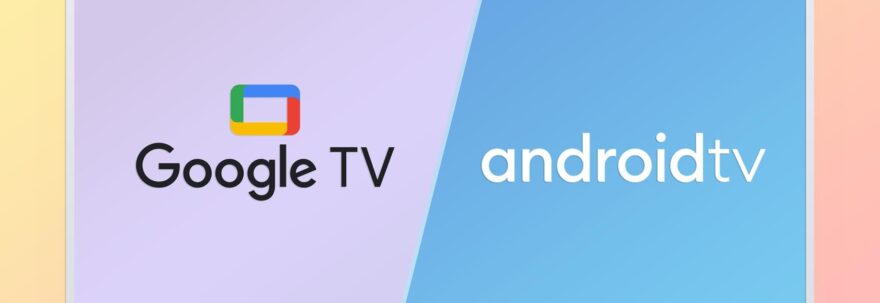Google announced its Google TV app in late September 2020 in an effort to better compete with Apple TV, Roku, and other dedicated platforms. Unfortunately, having “TV” in the name immediately drew comparisons to YouTube TV, along with questions about the differences between the two products.
YouTube TV is a streaming TV platform, giving customers a way to cut the cord from traditional cable and satellite TV, while still enjoying live broadcasts of their favorite local, sports, and entertainment channels.
The service has quickly become one of the top streaming platforms thanks to the features it offers customers. While companies like Sling TV, fuboTV, Hulu with Live TV, and others offer limited cloud DVR space with the option to upgrade, YouTube TV provides customers unlimited space (via Google). The service also includes profiles, allowing up to five additional members on an account (via Google), giving each one their own DVR space and favorite channels.
Unlike YouTube TV, Google TV is designed to be an interface for all of a customer’s online TV watching. Google TV is built on, and will ultimately replace, Android TV.
Shalini Govil-Pai, VP of Android TV and Google TV, told The Streamable that Google TV is more closely aligned with Google’s vision than its Android TV predecessor.
“The experience that we bring with Google TV is much more aligned with Google as a whole,” said Govil-Pai. “The Google TV term came because it is so aligned with the Google mission — in terms of personalized recommendations, in terms of search and discovery, in terms of the integration of the world’s content at your fingertips.”
To further that vision, Google released an updated Chromecast device with Google TV installed, and is working with smart TV manufacturers to have the app pre-installed on those devices.
Much like Roku, Amazon Fire TV, and Apple TV, Google TV provides a way for customers to integrate and manage their TV viewing and streaming apps, including Netflix, Disney+, Peacock, HBO Max, and of course YouTube TV (via Google).




